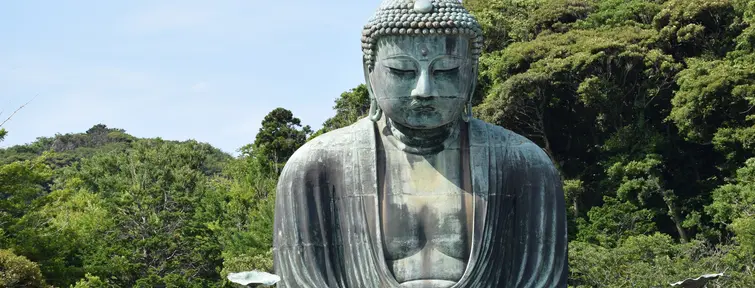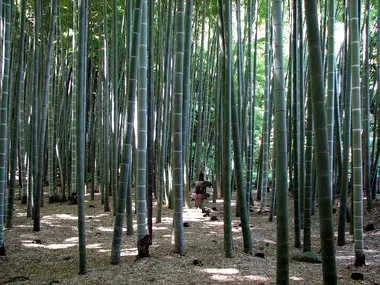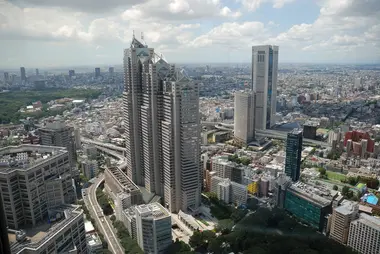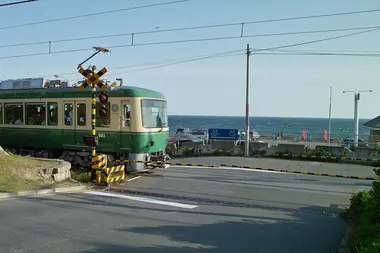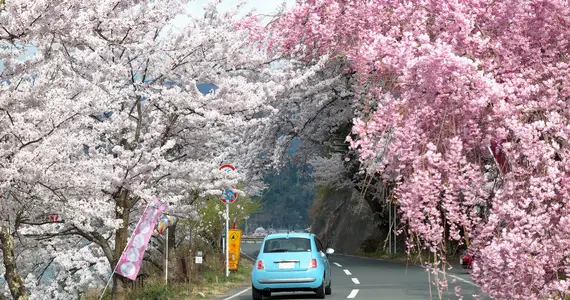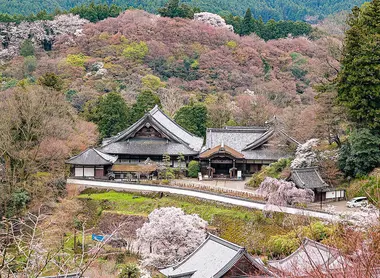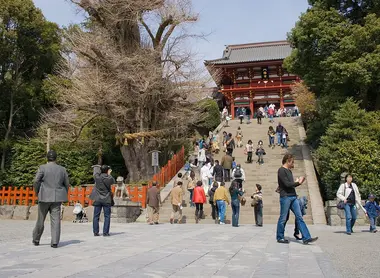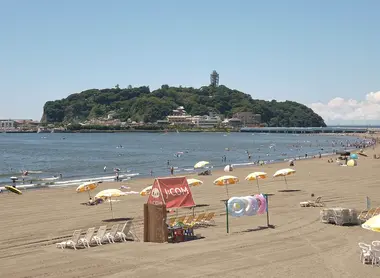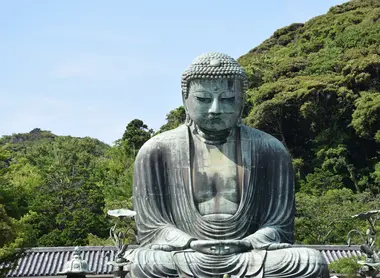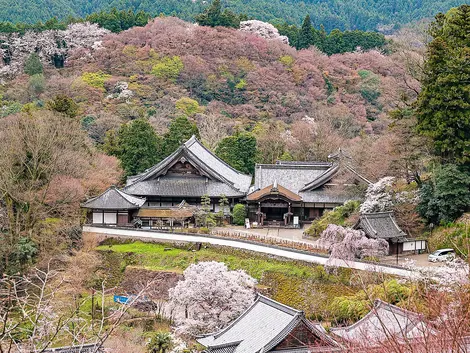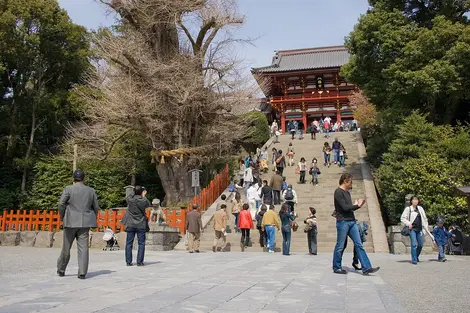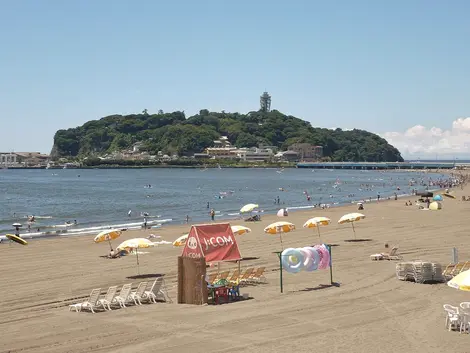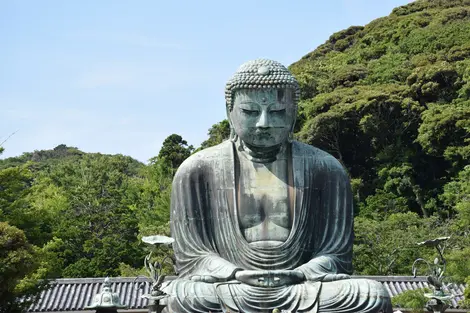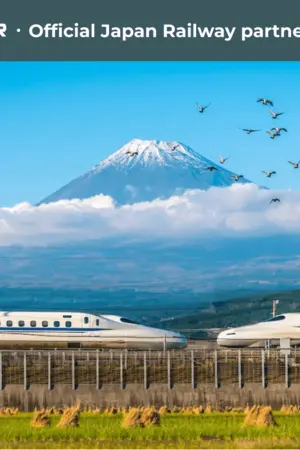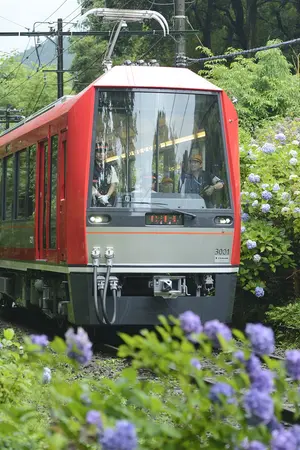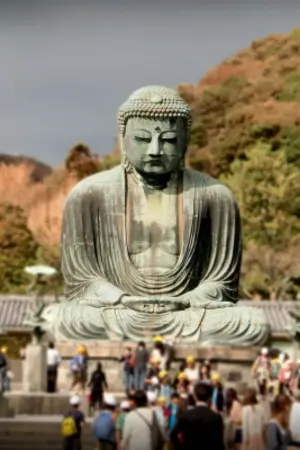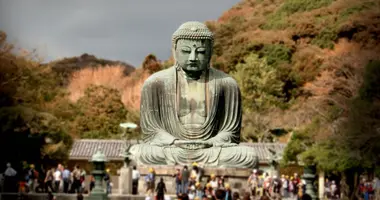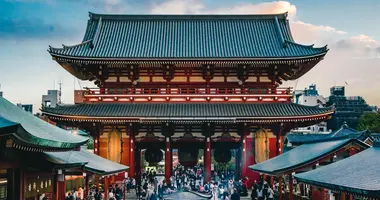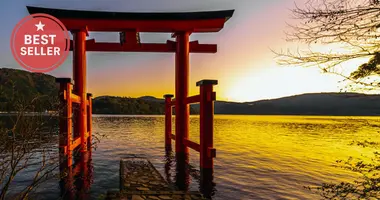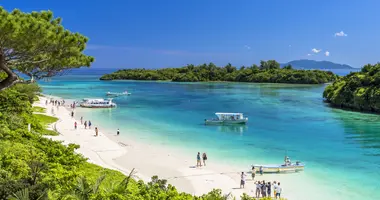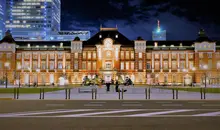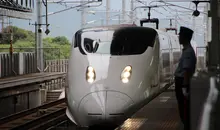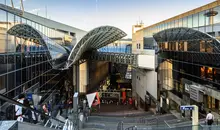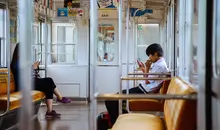How to get from Tokyo to Kamakura
- Published on : 30/04/2025
- by : Joshua
- Youtube
Kamakura is one of the most historically significant locations in all of Japan, and it's easily accessible from central Tokyo! Take the time to visit Kamakura for a day trip, or take your time to visit all the sites!
Tokyo has been the capital of Japan since 1869, but before that, it was Kyoto, and before that, it was Nara, and before that even… it was Asuka. But before there were even officially established capitals in Japan, Kamakura stood as the de facto capital of the archipelago during the eponymous Kamakura Period (1185-1333).
Kamakura, located in modern-day Kanagawa Prefecture, was the seat for the governing shogunate of the same name, and through the nearly millennium that has passed since then, the city still stands as an embodiment of Japan’s rich history. At Kamakura, patina-rich temples and shrines are nestled between rolling mountains and gorgeous coastlines, embodying much of the best of the archipelago! Indeed, those who go to Kamakura will often share the space with school trips filled with students learning about their country’s history, lending to the authenticity of the area.
Many who make their way out here will be coming from Tokyo, the modern capital, a city packed to the brim with buildings and people. From here to Kamakura can feel like worlds away, but in actuality takes just over one hour! This proximity makes Kamakura a great day trip for those visiting Tokyo and encapsulates the many great attractions Japan has to offer!
Getting from Tokyo to Kamakura by train
Getting from Tokyo to Kamakura by train with the JR Yokosuka Line
- ⏱ Travel time: Approximately 40 minutes to 1 hour
- ⏲First and last departure: 4:30 a.m./ 11:43 p.m.
- 💶 Price: From ¥740
- 🚉 Departure/arrival station: Shinagawa Station or Tokyo Station/Kamakura Station
For most coming from Tokyo, departing from Tokyo Station and taking the JR Yokosuka Line straight to Kamakura Station will be the most straightforward option. Via this line, there are no transfers needed, and the whole journey can be done in around 1 hour for 940 yen.
Another prominent train station in central Tokyo is Shinagawa Station. Many commuters through Shinagawa Station are office workers, but it is also a hub for travelers as it is a stop on the Shinkansen bullet train.
Getting out to Kamakura via Shinagawa Station is also a viable option, as the routes are very similar to departing from Tokyo Station. From Shinagawa Station, the JR Yokosuka Line can be ridden directly to Kamakura and comes in at 740 yen and takes just under 50 minutes.
Departing from Shinagawa Station actually takes less time and costs less in commuting, so whether to depart from Shinagawa Station or Tokyo Station will likely depend on what is easier to access.
It should be noted that, since these are all JR-operated railways, they are fully covered by the Japan Rail Pass! This ease of use and access make Kamakura a great day trip option for JR Pass users especially.
Getting from Tokyo to Kamakura with the JR Shonan Shinjuku Line
- ⏱ Travel time: Approximately 50 minutes to 1 hour
- ⏲First and last departure: 7:01 a.m. / 9:39 p.m.
- 💶 Price: From ¥740
- 🚉 Departure/arrival station: Shinjuku, Shibuya, or Ikebukuro Station/Kamakura Station
There are a number of stations throughout Tokyo that have access to the JR Shonan Shinjuku Line, but the most prominent ones are Shinjuku Station, Shibuya Station, and Ikebukuro Station. These are actually the 3 busiest train stations in the world in that order.
From all these stations, the fare out to Kamakura Station is 940 yen. From Ikebukuro Station, it takes a bit over 1 hour. From Shinjuku Station, it takes just under 1 hour, and then from Shibuya Station, it takes around 50 minutes.
As the Shonan Shinjuku Line is a JR Line, the Japan Rail Pass covers this route like with the JR Yokosuka Line.
Travel to Kamakura with the Enoden Railway
Traversing around the coasts of Kamakura, the Enoden Railway offers some of the most beautiful views within Japan. The rail system itself is also lauded for its retro charm, and the view of the train going across the picturesque seaside horizon is a cinematic experience.
The railway spans 10 kilometers between Fujisawa Station and Kamakura Station, so many who have the time and want to experience a more unique means of exploring the area will get off at Fujisawa Station and then head to central Kamakura. The entire journey takes just over 30 minutes and costs 310 yen. This is not a JR-operated line, so it is NOT covered by the Japan Rail Pass; however, it is covered by the HAKONE KAMAKURA Pass.
Fujisawa Station is directly accessible from Tokyo via the JR Tokaido Line (departing from Shinagawa Station or Tokyo Station), the JR Shonan Shinjuku Line (departing from Shinjuku, Shibuya, Ikebukuro Station, etc.), and then also the Odakyu Line departing from Shinjuku Station.
Getting from Tokyo to Kamakura by car
For travelers with access to a car in Japan, driving is a great option for getting out from Tokyo to Kamakura, as there are a number of great attractions and gorgeous natural scenery on the way. Additionally, there is great flexibility with driving and convenience if you are traveling with a large group or family. Many attractions in Kamakura have parking lots to accommodate cars, and since it is located in a more rural area, transit by car is more standard compared to central Tokyo.
The distance between central Tokyo and Kamakura is around 52 kilometers and under ideal driving conditions, it takes around 50 minutes to 1 hour. However, there are often times of heavy traffic during rush hour between these two destinations. With the highway, toll roads will cost around 800 yen to 1,200 yen.
Be aware that most travelers can drive in Japan with an international driver’s license along with their standard driver’s license. However, an international driving license is not valid for licenses issued by the following countries: France, Switzerland, Germany, Belgium, Monaco and Taiwan. If you have a license from one of these countries, you will need an official translation of your language in order to rent a car and drive in Japan.
Get your driver's license translated for driving in Japan!
Where to visit in Kamakura
- Hasadera Temple: Said to date all the way back to the 8th century, this picturesque temple is adorned with gorgeous gardens filled with pristine flowers and a special statue of the Buddha Kannon. The temple itself is located at a high elevation with beautiful views of the greater Kamakura area.
- The Daibutsu of Kamakura: This Daibutsu (Great Buddha) is a prominent symbol of Kamakura and is located within Kotoku-in Temple. The original statue was erected in 1252 and is made almost completely of bronze. Its oxidized patina is representative of the area’s deep history.
- Tsurugaoka Hachimangu Shrine: The most important Shinto shrine in Kamakura, Hachimangu Shrine is centrally located with a high-reaching staircase leading up to the main building. There is a small museum within the shrine that houses national treasures of Japan.
- Enoshima: A small island off the coast of Kamakura, it is famous for its nice beaches and is frequented by visitors and locals much during the summertime.
- Raitei: A garden located on the side of a mountain a bit away from central Kamakura. Inside, a soba restaurant uses seasonal produce, like bamboo shoots, sourced directly from the garden.
